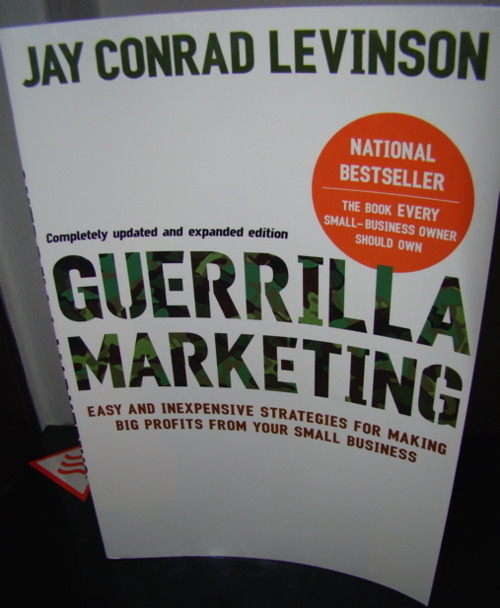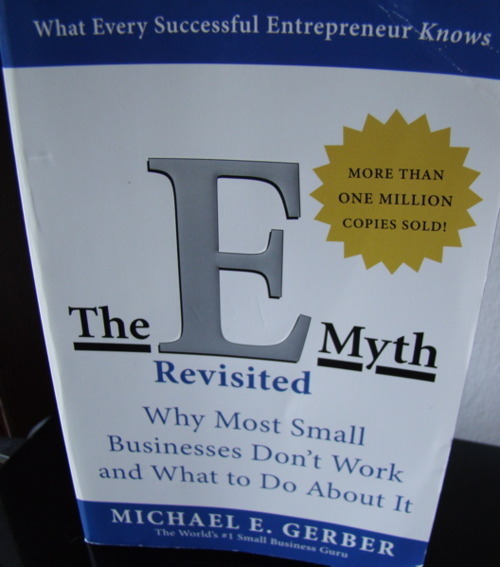
What is it about?
Guerrilla Marketing introduces you to marketing basics and a lot of different forms of marketing (e.g. newspapers, billboards, fliers). It focuses on small businesses and tries to show how to use your dollars more effectively.
Key points?
Focus: At first you should find out who your prospects are. What do they like? What are their hobbies? Where do they live? This allows you to spend your money better than trying to convince everybody that they need your product/service.
Be persistent: If you start your marketing champaign you should be able to run it regularly. Furthermore, it is important to stick with your campaign even if it doesn’t deliver immediate success. Marlboro stuck with their cowboy campaign for 30 years although it haven’t worked in the first year.
Market to your customers: It is about six times more expensive to market to prospects than to your customers. Therefore, try to sell more to your existing customers who already build confidence and trust with your company.
Test, Test, Test: If you’re not testing, you’re guessing. Test as much as you can and discard your losers and put this money in your winners.
Conclusion
The first part, which is about 80 pages long, was really useful and great. Sadly, this don’t apply to the rest of the book. A lot is just too shallow to be useful and other parts consist mostly of repetitions. You can see that this book is revised but not in-depth. There are statements which are certainly 30 years old and should be deleted by now.

